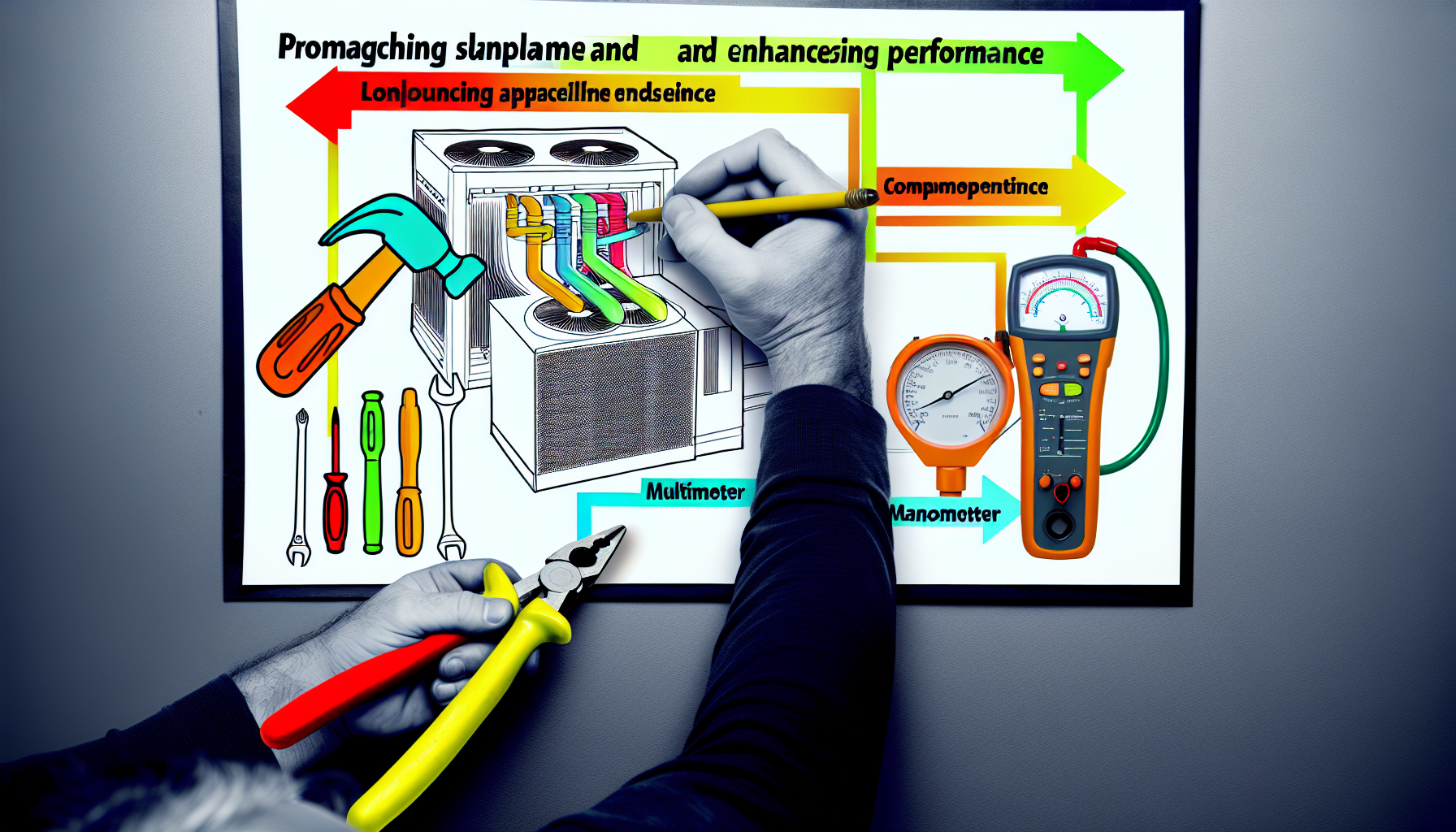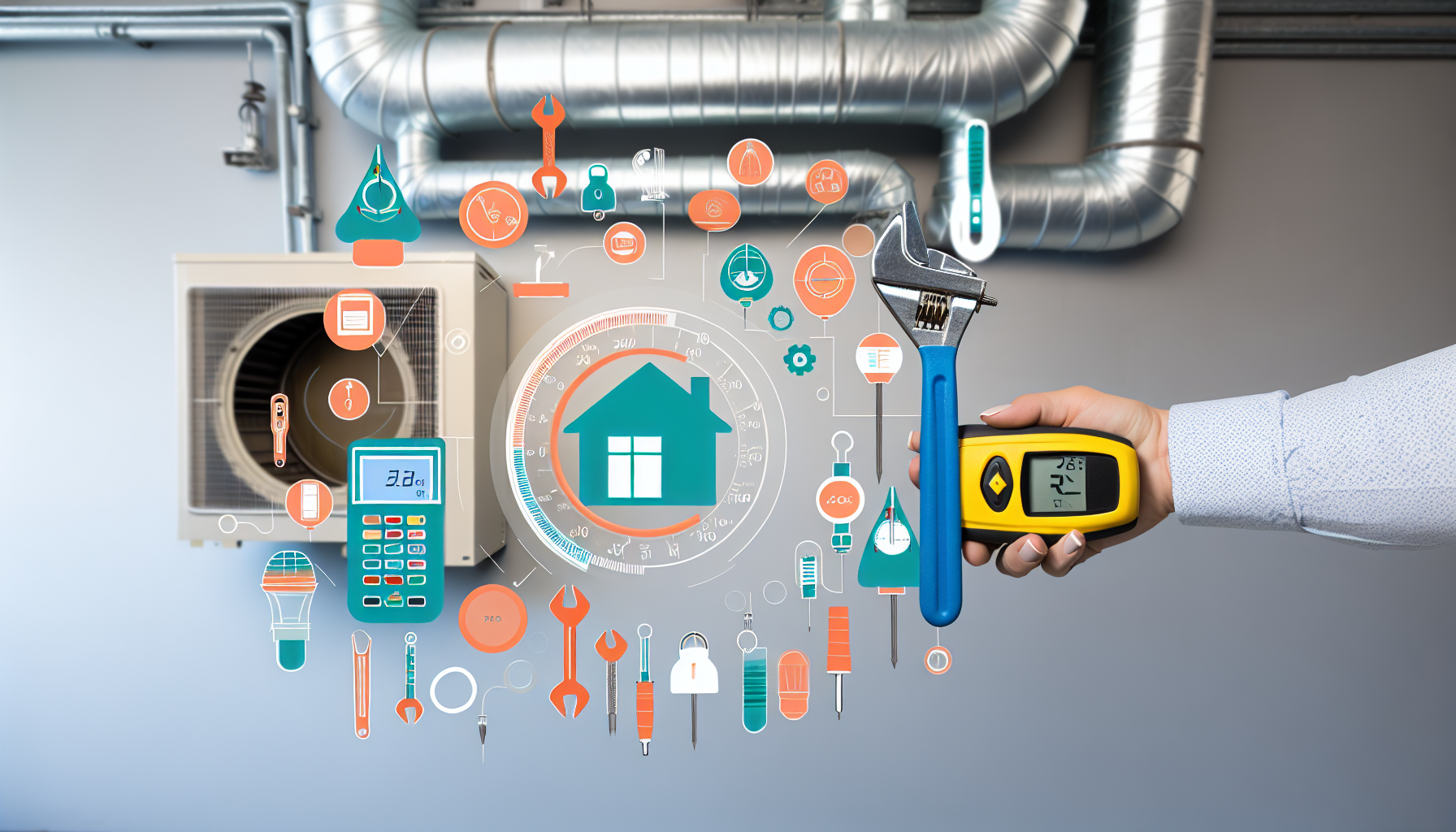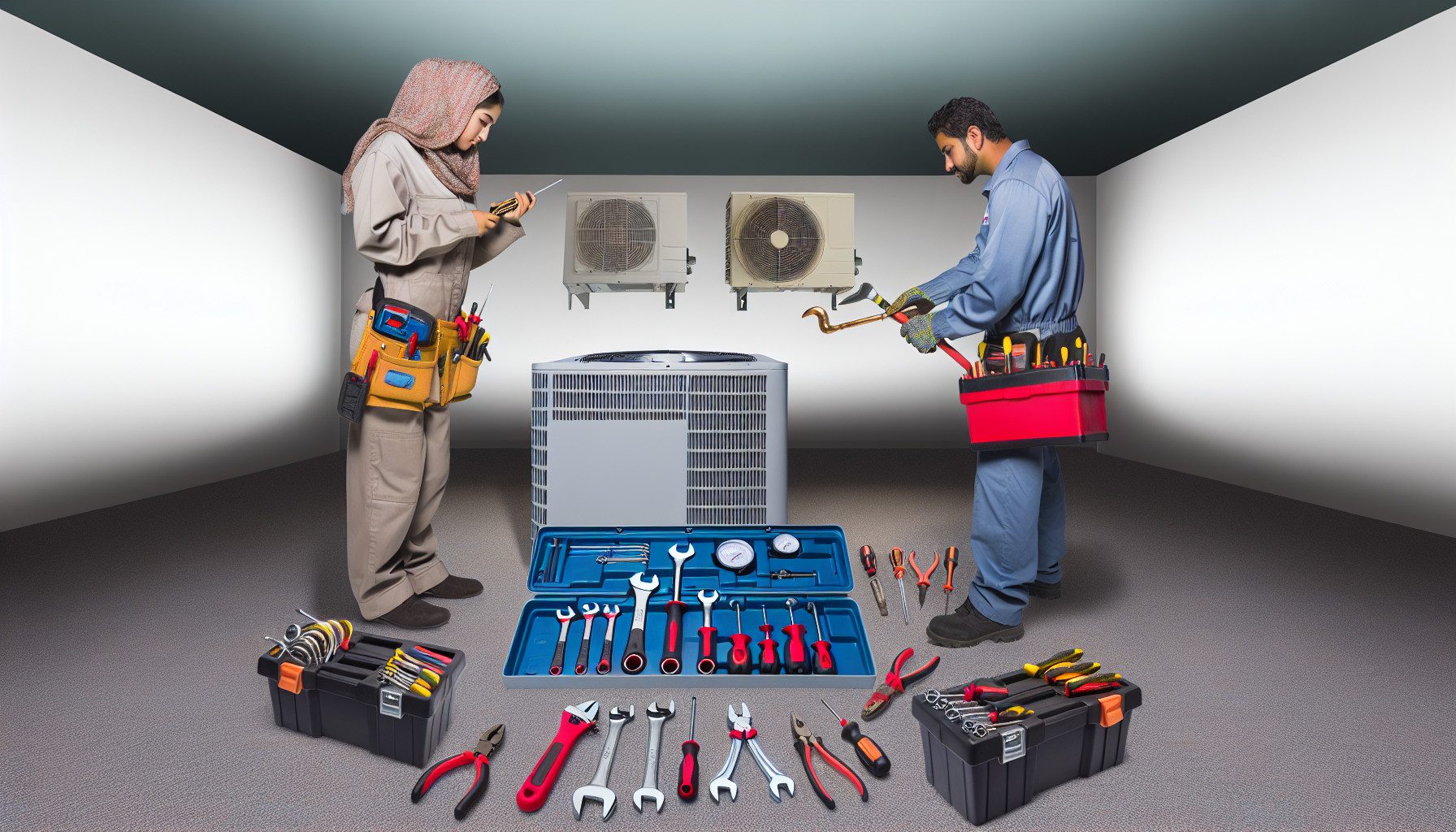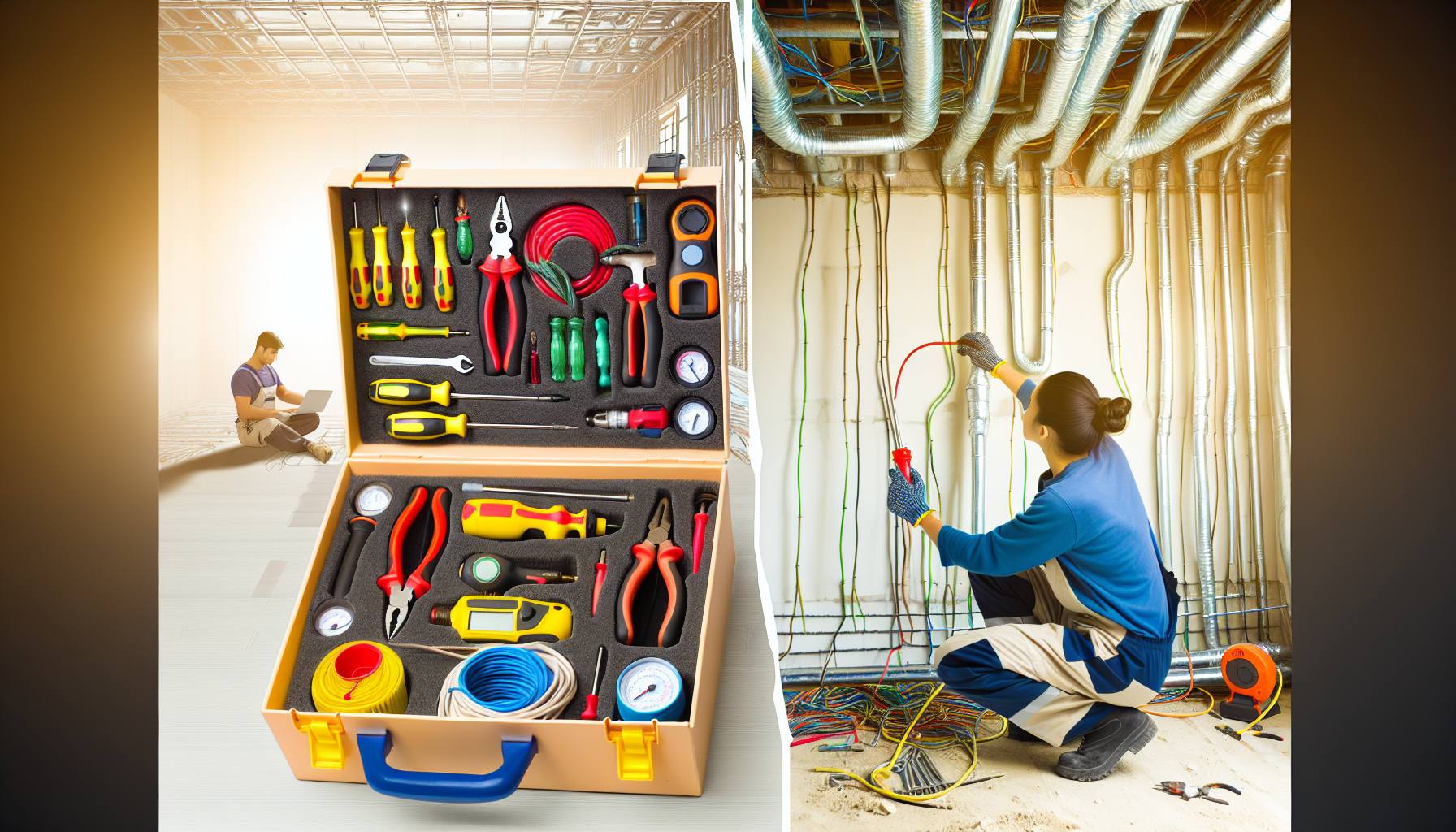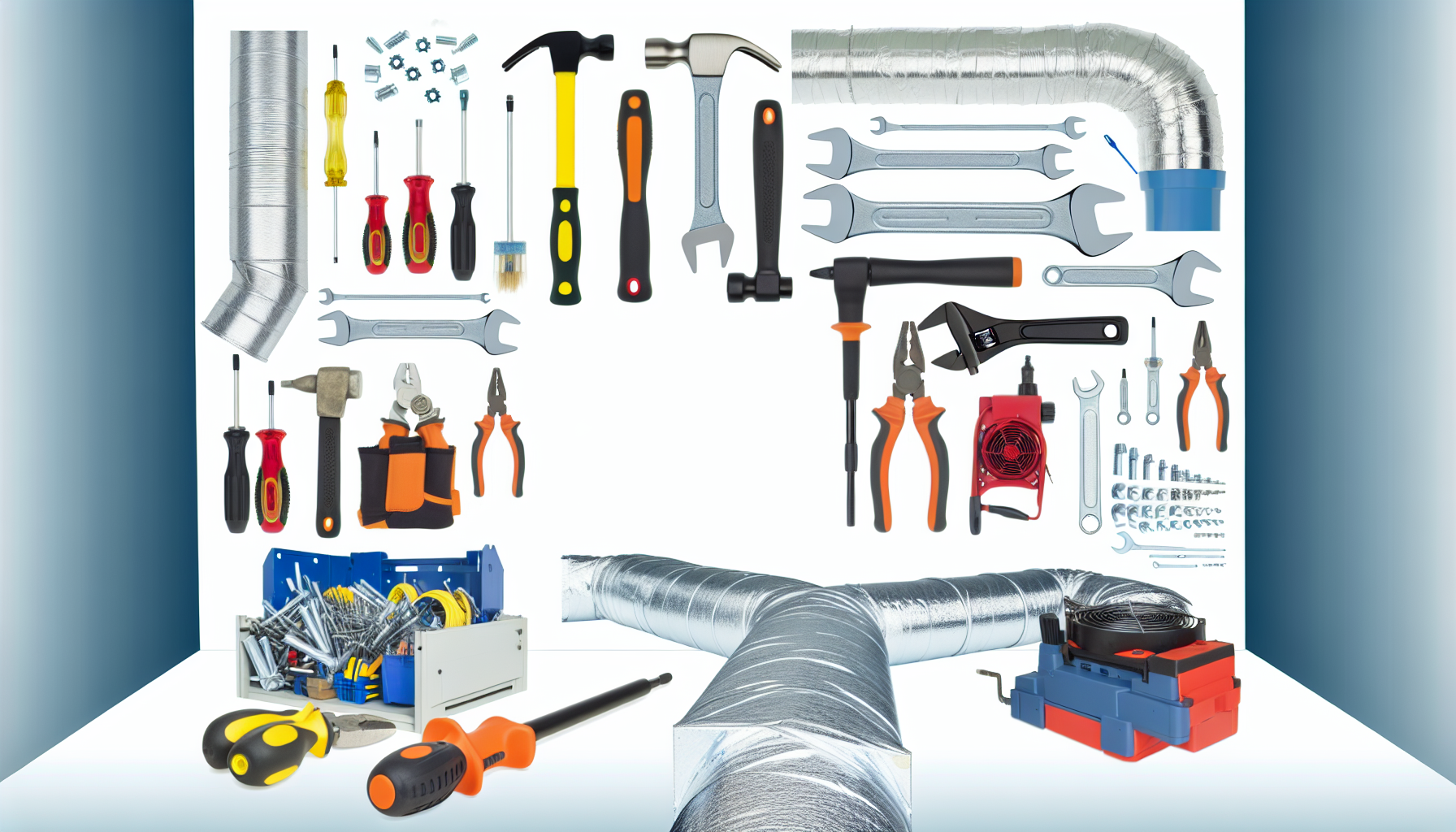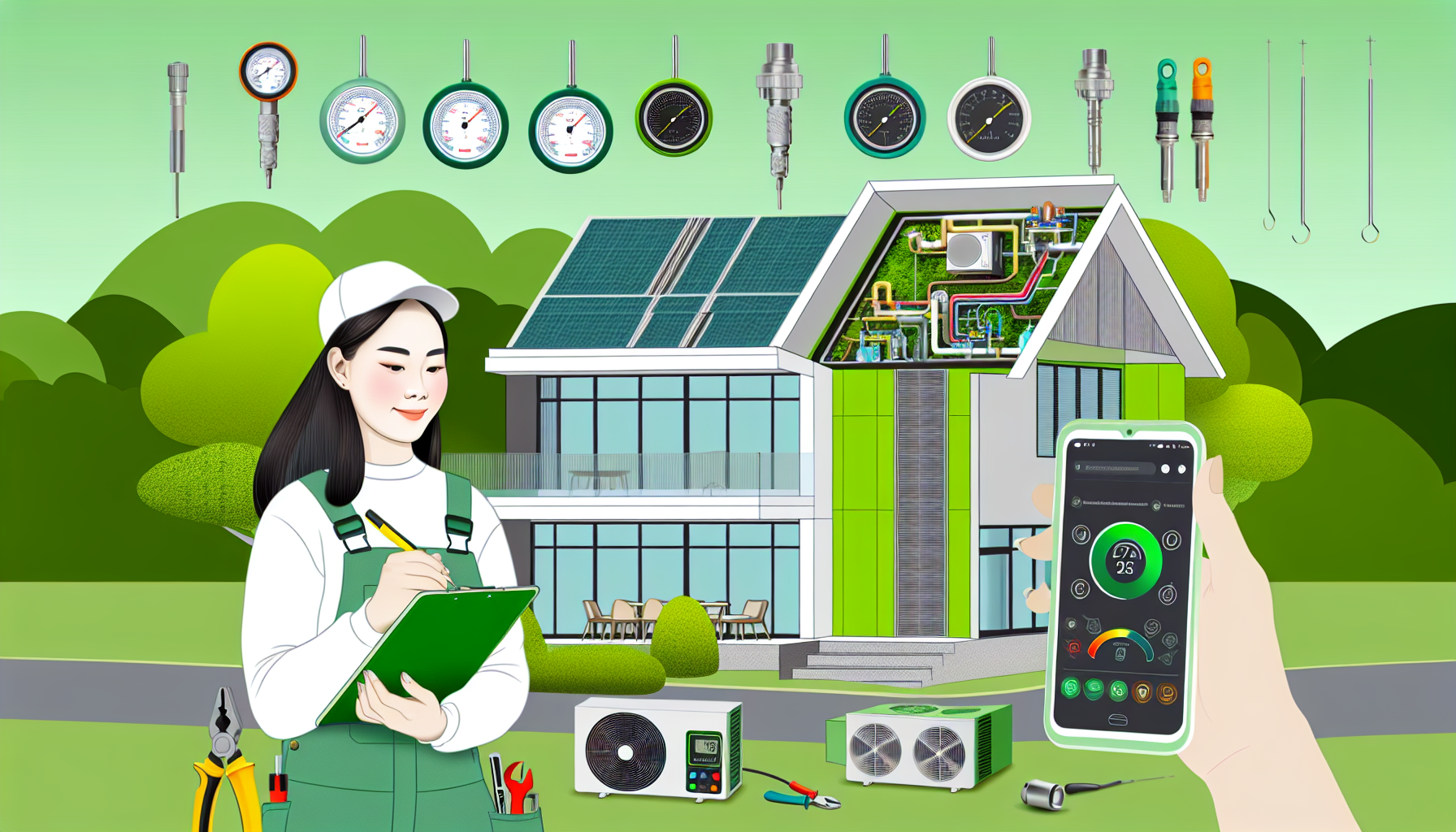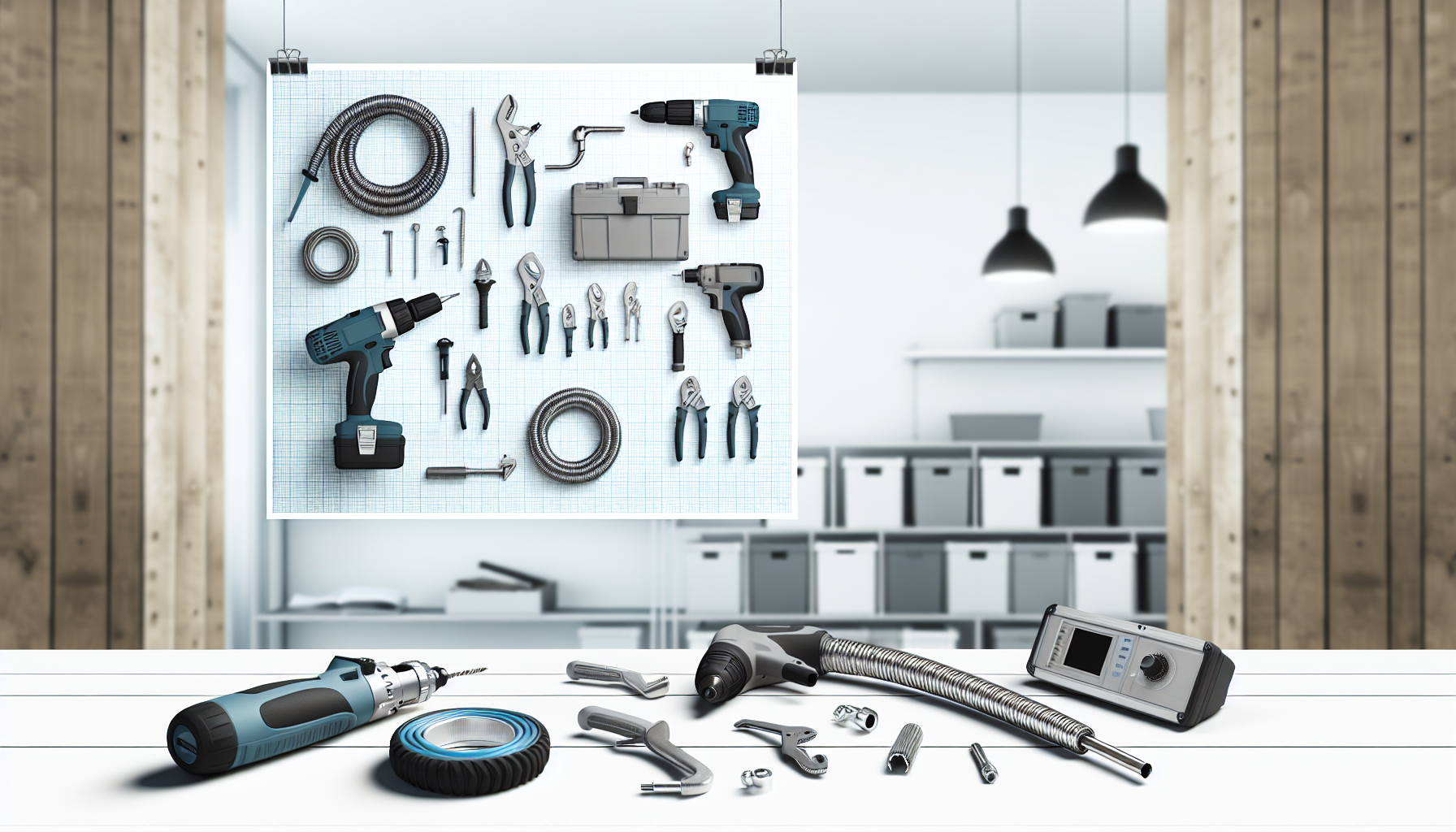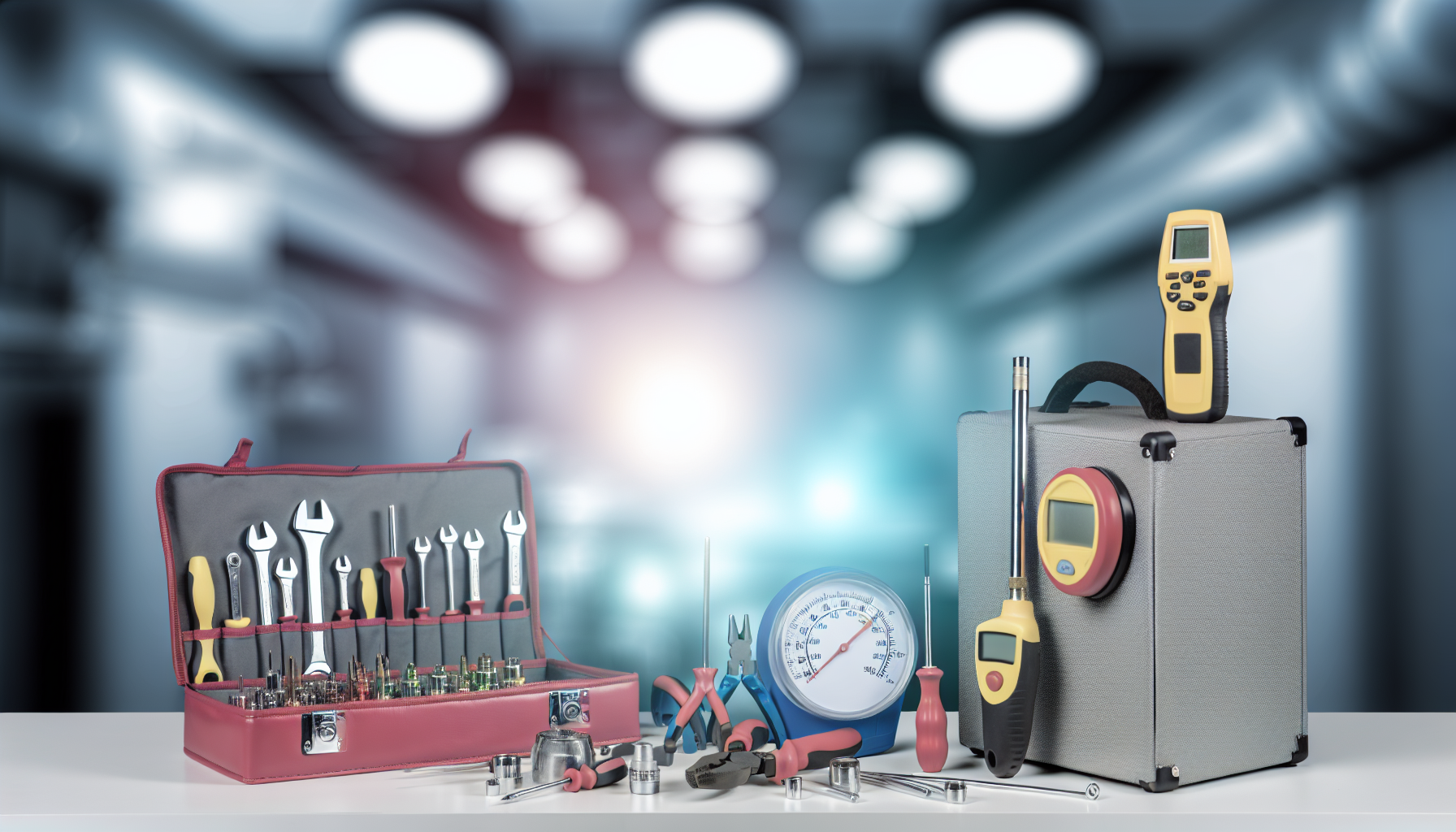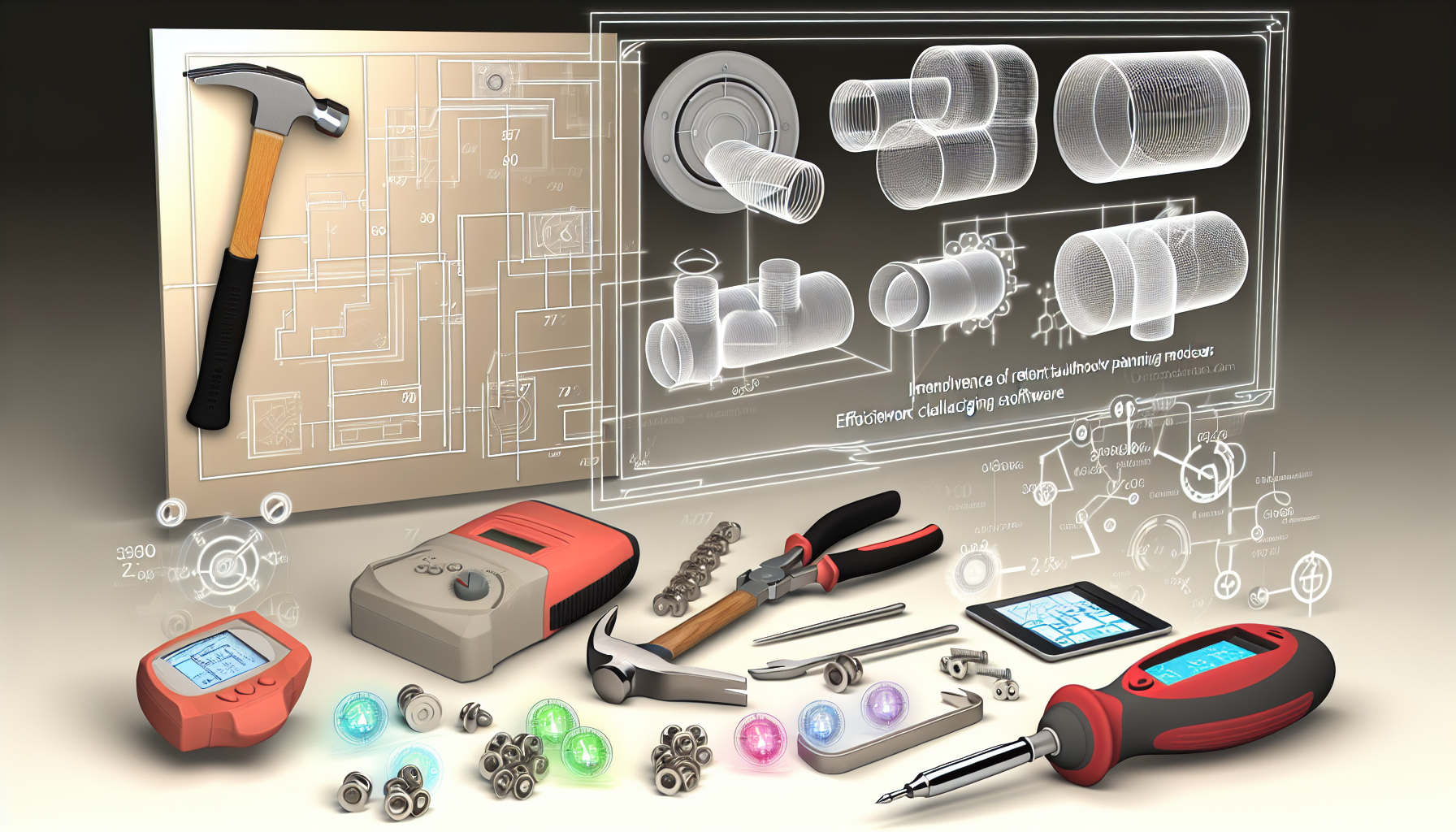Introduction
Proper installation of an HVAC system is crucial for its efficiency, safety, and longevity. Whether you are a seasoned technician or just starting your career in the HVAC industry, having the right tools can make all the difference. This comprehensive checklist will guide you through the essential tools required for any HVAC installation, ensuring you are well-prepared for various tasks you might encounter on the job.
The Essential HVAC Installation Toolkit
Equipping yourself with a complete set of tools tailored for HVAC work will save time, enhance the quality of your installations, and help adhere to industry standards. Let’s go through the foundational tools every professional should have in their service van or installation kit.
Measurement and Assessment Tools
Accurate measurements and system assessments are the first steps in any installation process. Ensure you have these items:
- Tape Measure – A reliable, flexible tape measure is indispensable for precise measurement of spaces and ductwork.
- Level – To guarantee that installations are perfectly aligned and balanced.
- Thermometer – An infrared thermometer is ideal for assessing room and vent temperatures.
- Manifold Gauge Set – Essential for evaluating and charging refrigeration systems correctly.
Cutting and Drilling Tools
Being able to cut and drill through a variety of materials is important for fitting and installing components:
- Tubing Cutter – For clean and precise cuts of refrigerant lines.
- Sawzall – A reciprocating saw for cutting through different materials with the appropriate blades.
- Hole Saws – For making perfect openings in walls and other surfaces for pipes and vents.
- Cordless Drill – A must-have for drilling and screw-driving.
- Drill Bit Set – A comprehensive set for drilling through wood, metal, and masonry.
Fastening and Crimping Tools
Secure fastening and crimping ensure stability and prevent leaks in HVAC systems:
- Screwdrivers – A variety ensures you can handle all types of screws.
- Wrench Set – Adjustable and fixed wrenches for nuts and bolts of various sizes.
- Crimpers – For metal ducting fittings and electrical connectors.
Bending and Forming Tools
Occasionally an installation may require you to mold or bend materials on-site:
- Tube Bender – To bend pipes without kinking.
- Seaming Tool – For joining sheet metal seams.
Testing and Diagnostic Equipment
Identify problems and verify system performance with the following:
- Multimeter – To measure voltage, current, and resistance during diagnostics and commissioning.
- Leak Detector – For finding refrigerant leaks.
- Psychrometer – To measure relative humidity and dry bulb temperature.
Safety Equipment
Safety should never be compromised. Always include:
- Protective Goggles – To protect your eyes from debris and hazardous materials.
- Work Gloves – To safeguard your hands during manual work.
- Ear Protection – Necessary when operating loud equipment like saws or drills.
- Respirator – For situations where you may be exposed to dust or harmful fumes.
- Safety Boots – Offering both protection and support.
Additional Tools and Supplies
Additional specialty tools and supplies may be required:
- HVAC Foil Tape – For sealing duct joints.
- Mastic – A sealant used for airtight duct work.
- Pipe Wrench – For gas and water pipes.
- Duct Strap – For securing ductworks sturdily.
Organization and Mobility
Keep your tools organized and easily movable for efficiency:
- Tool Bag or Box – To keep small tools in one place and accessible.
- Service Van Storage Solutions – Shelving units, bins, and racks to keep the van organized.
- Portable Workbench – For on-site modifications and assemblies.
SEO Best Practices
To ensure visibility and easy access to your blog post, it is crucial to follow SEO best practices. Use of relevant keywords throughout the content, maintaining a clear structure with header tags, short and descriptive URL slugs, as well as utilizing internal and external links will help improve your post’s ranking. Additionally, remember to optimize images with alt tags and ensure your site’s loading speed is fast for better user experience. Keep your content valuable and up-to-date to drive more traffic and establish authority in the HVAC industry.
FAQ
What is the most important tool for HVAC installation?
The most important tool may vary depending on the specific job. However, a multimeter is one of the most essential tools for HVAC technicians as it helps diagnose electrical issues accurately.
How often should I replace my HVAC installation tools?
Tools should be inspected regularly for signs of wear and damage. It is recommended to replace tools that no longer function as they should or pose a safety risk.
Can I perform an HVAC installation without specialized tools?
While it may be possible to perform some tasks with general tools, specialized HVAC tools ensure accuracy, safety, and compliance with industry standards.
Is it necessary to have both cordless and corded power tools?
Having both can be beneficial; cordless tools offer mobility while corded tools provide constant power for longer tasks.
Why is safety equipment included in the essential toolkit?
Safety equipment is crucial to protect HVAC technicians from job-related injuries and long-term health risks.
How do I stay updated on the latest HVAC tools and technology?
To stay updated, you can follow industry publications, attend trade shows and workshops, and participate in online forums and professional networks.



